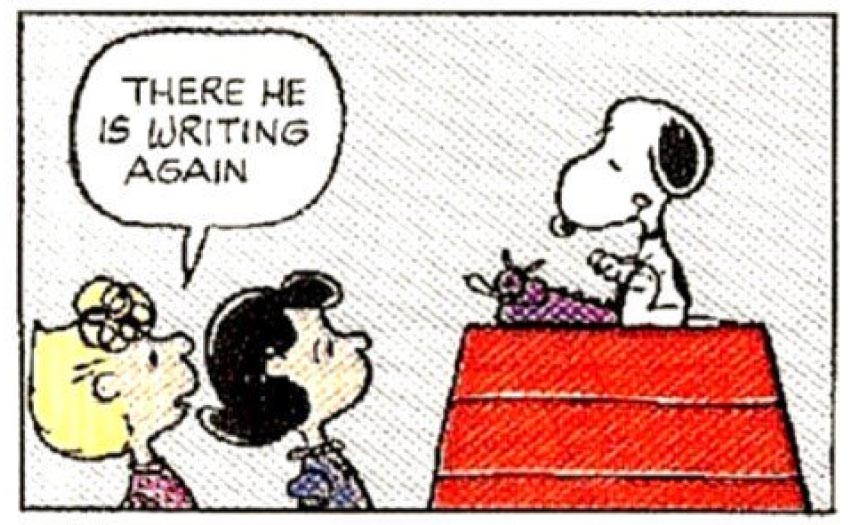
A question I am sometimes asked is how do I even begin to write an 80,000-word novel, staring at a clean, white sheet of paper. And yes, I am old school, and I do write out both the first draft and first revision in longhand. Typing, for me, staunches my imagination by putting me more into my editing state of mind instead of in make-believe land, which is where I need to be for a first draft.
For me, beginnings are the most fun because when I start I only have some thoughts for an opening scene or maybe the climax and not much else. Once in a very great while, I set out just writing and go for broke, but that is the exception. Almost always I put considerable hours of prep work into shaping my protagonist, antagonist, and helper characters, starting with:
Character Sketch: Which is pretty much just that where I fill in the blanks about my characters such as weight, height, hair, build, birth date, place of birth, home, view out the window, vehicle, and most importantly motive: What does this character want in life?
Back Story: Once my characters begin to take shape, I give them a history, beginning with a broad background but then quickly narrowing in on some trauma that got them to where they are about to step into the narrative.
Dream: Now that my characters have become to take shape and have a history, I write a dream for each of them because dreams give me some idea of what’s cooking beneath their skins.
Dressing: After I have written a dream for each of my main characters I write a dressing scene, because if dreams tell me who my characters really are, how they dress shows me how they express to the world, or more interestingly conceal from the world, who they really are.
Scenario: Now that I have a pretty good idea of who my characters are, I write a scenario for my novel, which is just a straight, chronological narrative from start of finish, usually ten to twenty pages long.
Story Line: I then take my scenario and put it into a Problem/Solution format where a problem is posed at the beginning of the narrative followed by an apparent solution giving rise to another problem that gives rise to another apparent solution and continuing on until the end of the narrative. I find that a story line is an excellent means for me to find the holes in my plot so I do not spend weeks of writing myself into a corner as well as building drama.
Key Scenes. Now I am ready to write the narrative, beginning with the Opening Scene followed by the Wrap-Up Scene, then Midpoint, Plot Point 1 that ends Act I, and Plot Point 2 that ends Act II.
This prep work consumes about fifty-percent of my time writing the first draft but once done the rest of the novel almost writes itself.
